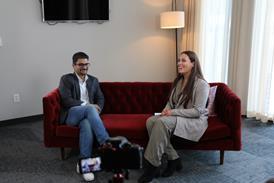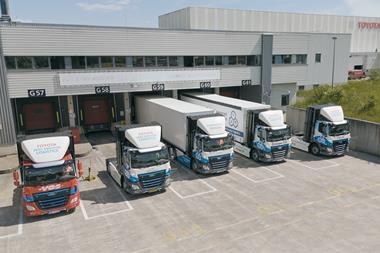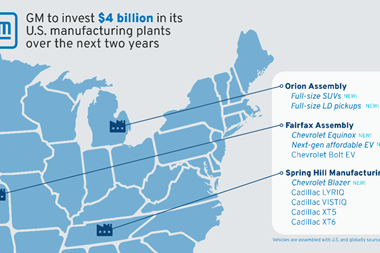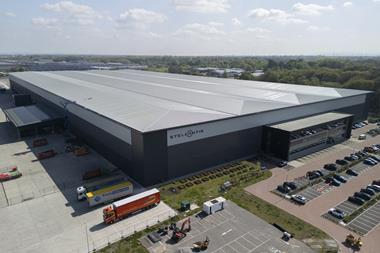
Ford Motor Company has said that it chose to build a car and powetrain plant in India in Sanand, Gujarat, in the northwestern part of the country, to improve delivery times to the largest market in the north and to gain better access to the ports of export in the west.
The factory, expected to start production in 2014, will have an initial capacity of 240,000 cars and 270,000 engines. It will be Ford’s second vehicle assembly and engine plant in India, along with Chennai, in the southern state of Tamil Nadu, where it builds the Figo.
Ford will invest $1 billion and plans to export both vehicles and engines from the location, Joe Hinrichs, Ford’s president for Asia Pacific and Africa, told Automotive Logistics. “We will export some vehicles and engines from the new plant site. We will not disclose the destinations at this stage, but as you can see by the Figo, which is exported to 50 markets, we have much global potential,” he said.
Hinrichs said that inbound and outbound logistics advantages played a major role in selecting the location. Ford will now have faster access to India’s largest market in Delhi, he said. Currently, shipping cars to Delhi from Chennai takes around 10 days.
“We will also be closer to western ports for exports,” Hinrichs told Automotive Logistics.
Gujarat is home to Mundra Port, India’s largest private facility, which is developing dedicated car handling and ro-ro facilities.
Hinrichs said that the location also benefits inbound logistics as it allows Ford to take advantage of the supply base in Maharashtra and Gujarat. “There is also land set aside [the plant] for suppliers to locate near to our new plant,” Hinrichs said.
Both General Motors and Tata Motors have factories in Gujarat. “Entry of Ford Motor Company in the State will further strengthen the capability of Gujarat as an auto hub," said Chief Minister Narendra Modi.
Why not Chennai?
But while Gujarat is beginning to grow as an automotive hub, it is still considerably smaller than Chennai, which is host not only to Ford but Hyundai, BMW, Renault and Mitsubishi and truckmaker Daimler. According to an editorial in India’s Business Today, the supply base in Chennai is also considerably more developed.
But as the report suggests, Chennai now struggles with frequent power shortages. The state is also facing budget problems, and may not longer be able to offer the sort of incentives and tax breaks that other states would. Indeed, Narendra Modi pledged close support to Ford in the official release. “I further assure Ford the wholehearted support and hand-holding of my government for the speedy implementation of the project,” he said.
Nevertheless, balancing Ford’s footprint in India will help it’s distribution and supply chain efficiency, not least as India typically has an imbalance in vehicles flows between the north and the south. Hinrichs said that the potential to introduce short sea distribution between the factories in the north and south was “under investigation”.
Ford sold about 71,300 wholesale and exports cars in India between January-July this year, an increase of 45%. The company has ambitious plans for the market and wider Asian region. Recently it launched the new Fiesta in the country (pictured) and plans to bring eight new vehicles to India by mid-decade, along with more than 50 new vehicles and powertrains to the Asia Pacific and Africa region by mid-decade.
In July, Ford India sold 10,700 units, of which 3,200 cars were exported to 26 markets. Last July the company sold 9,666.
Strong demand, particularly for diesel-powered cars, has created capacity constraints and waiting lists in India, according to the company. “We appreciate our customers’ patience as we work with our suppliers to remove capacity constraints, and ensure we can meet the ever increasing demand for Ford products,” said Michael Boneham, president and managing director, Ford India, in a release.
To help allevieate shortages of diesel powertrains, Ford recently announced that it was investing $72m to expand its engine plant in Chennai by 2012.



































